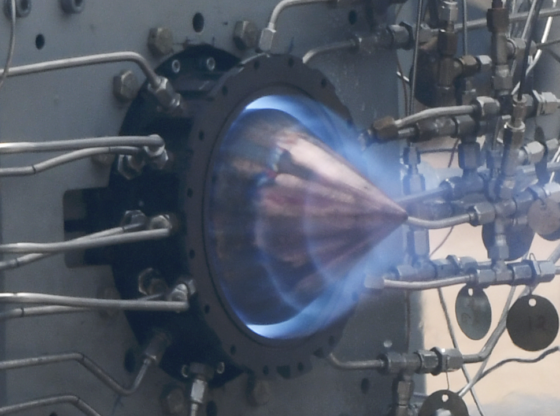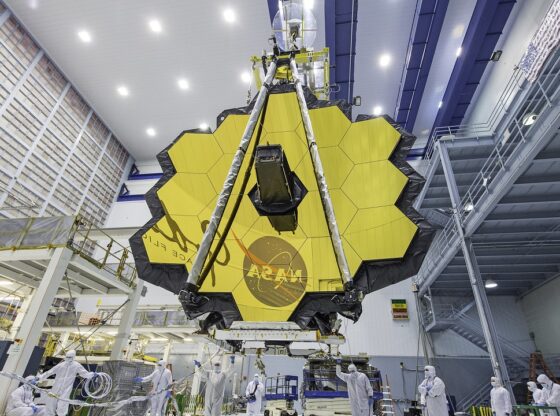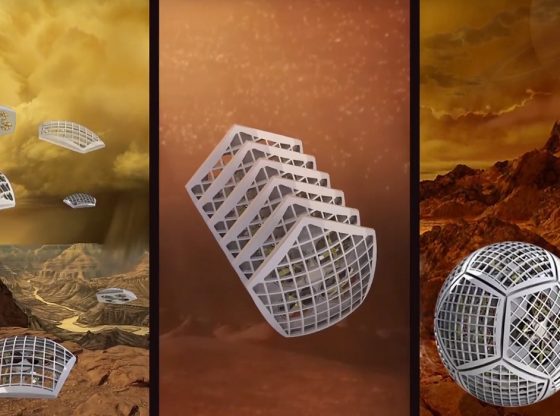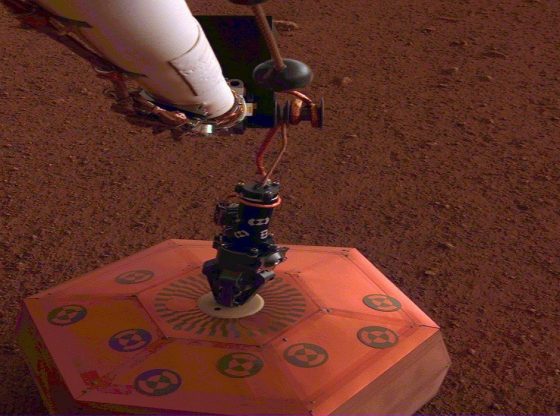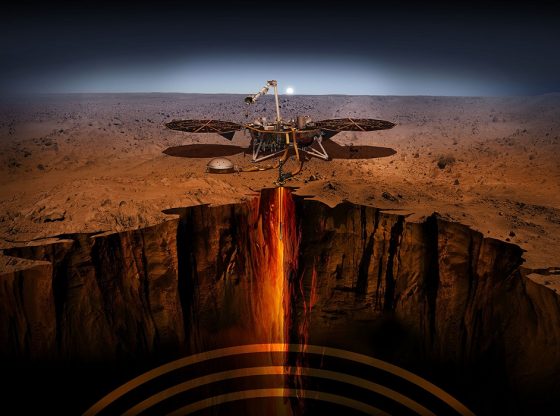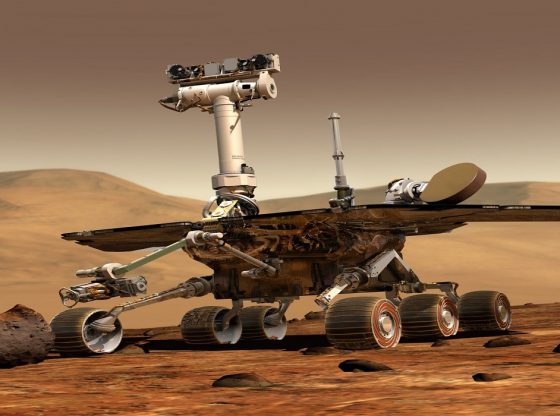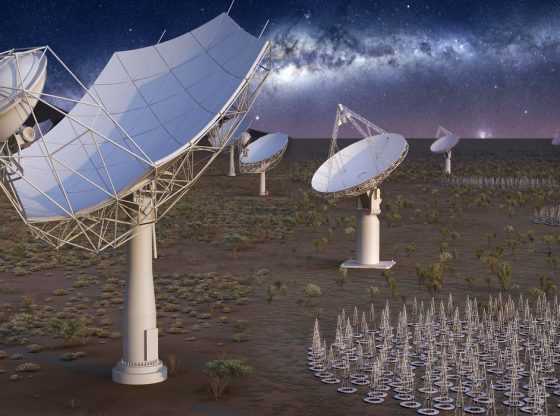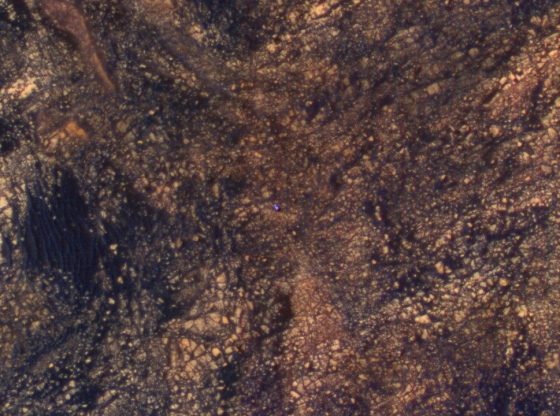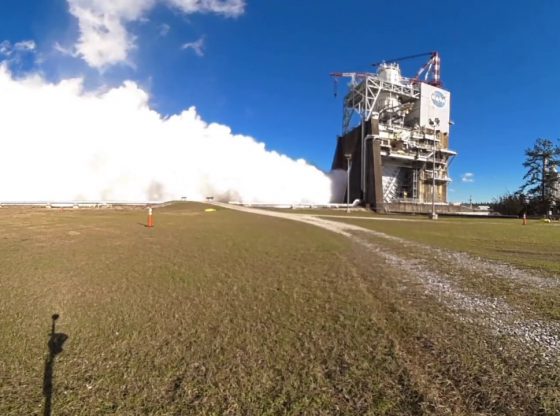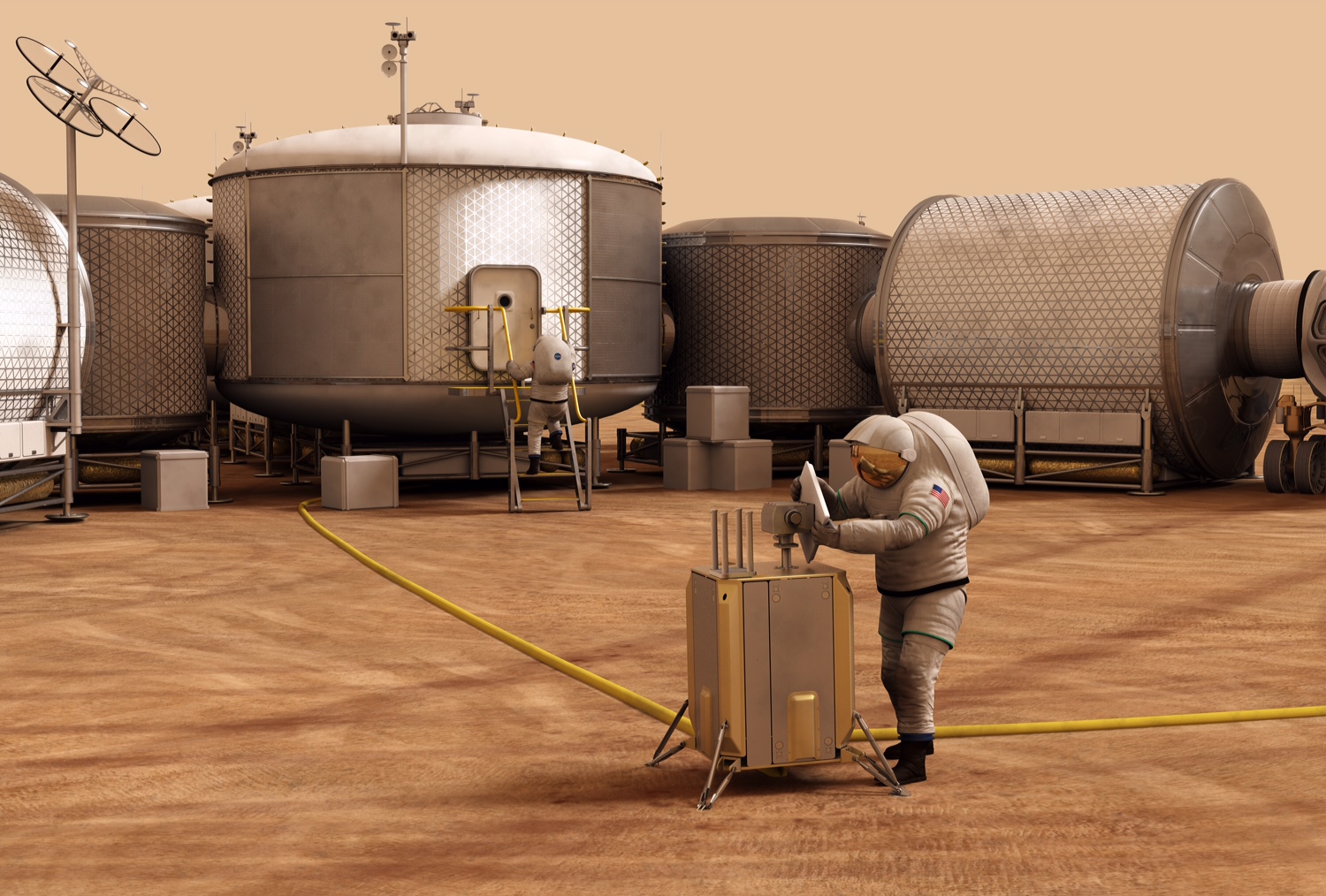
Here is the nuclear reactor that will supply a future Mars habitat with power. ‘Kilopower’ is a small uranium reactor about the same size of a football, with an energy output of up to ten kilowatts. The Kilopower mini-reactor will provide astronauts with a reliable power source for expeditions to Mars and other planets in our solar system.
One of many challenges for NASA and other space agencies with an aim to set up and build habitats on Mars or other celestial bodies is to find a power source that is reliable enough to provide a colony with electricity while being lightweight and compact enough to be accommodated in the small space of a spacecraft.
Perhaps Kilopower is the solution. It is a minimal nuclear reactor powered by uranium-235 and is about as large as a football. The compact power plant has an energy output of up to ten kilowatts and a lifespan of over ten years.
“Mars is a very difficult environment for power systems, with less sunlight than Earth or the moon, very cold nighttime temperatures, very interesting dust storms that can last weeks and months that engulf the entire planet,”
“So Kilopower’s compact size and robustness allows us to deliver multiple units on a single lander to the surface that provides tens of kilowatts of power,”
– Steve Jurczyk, associate administrator of NASA’s Space Technology Mission Directorate.
NASA believes that Kilopower that is based on proven technology, could be the solution for near future space colonization. NASA is sparse with details of the reactor’s construction.
What we do know is that the heat generated by the uranium reactor is led by sodium-filled so-called “heat pipes” to Stirling engines. The engines are simple pistons that convert heat into motion, which is then converted to electricity.
NASA estimates that a human expedition to Mars would likely require somewhere between 40 and 50 kilowatts in its early stages. In addition to supplying the habitat and life-sustaining systems with power, the reactors would be needed to, among other things, charge electric vehicles, extract minerals and generate fuel for astronauts’ home travel.
The compact power plant could also be used for expeditions to the moon or to visit other planets or moons further out into the solar system, according to NASA.
The reactor began testing back in November 2017 at the US Energy Department’s high-security facility in Nevada. And so far, the tests have been “very successful”, according to the state research institute Los Alamos National Laboratory that develops the reactor.
NASA scientists have shared more interesting details about the project in a guest post on Space.com. Find more information in this PDF presentation.

